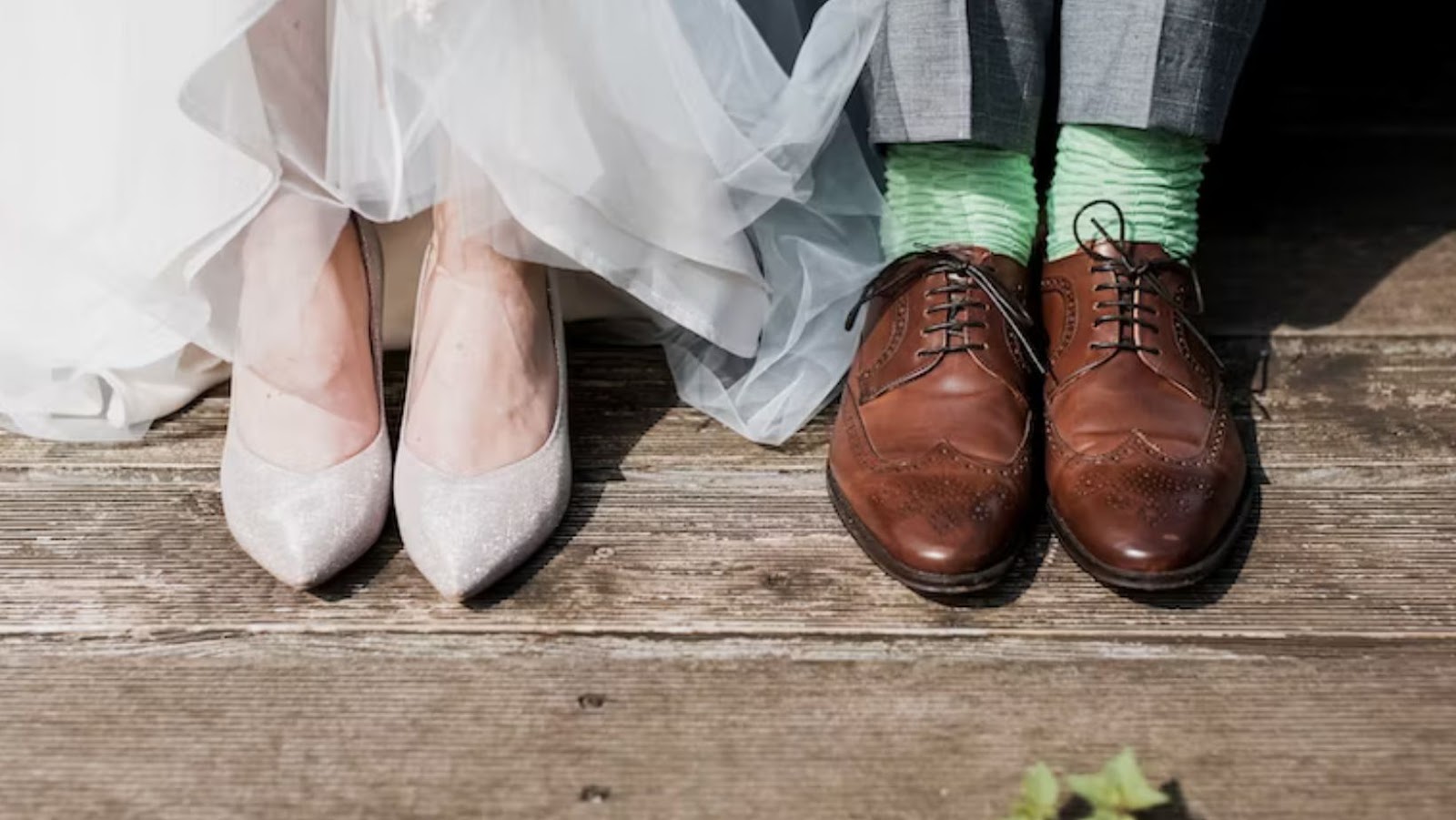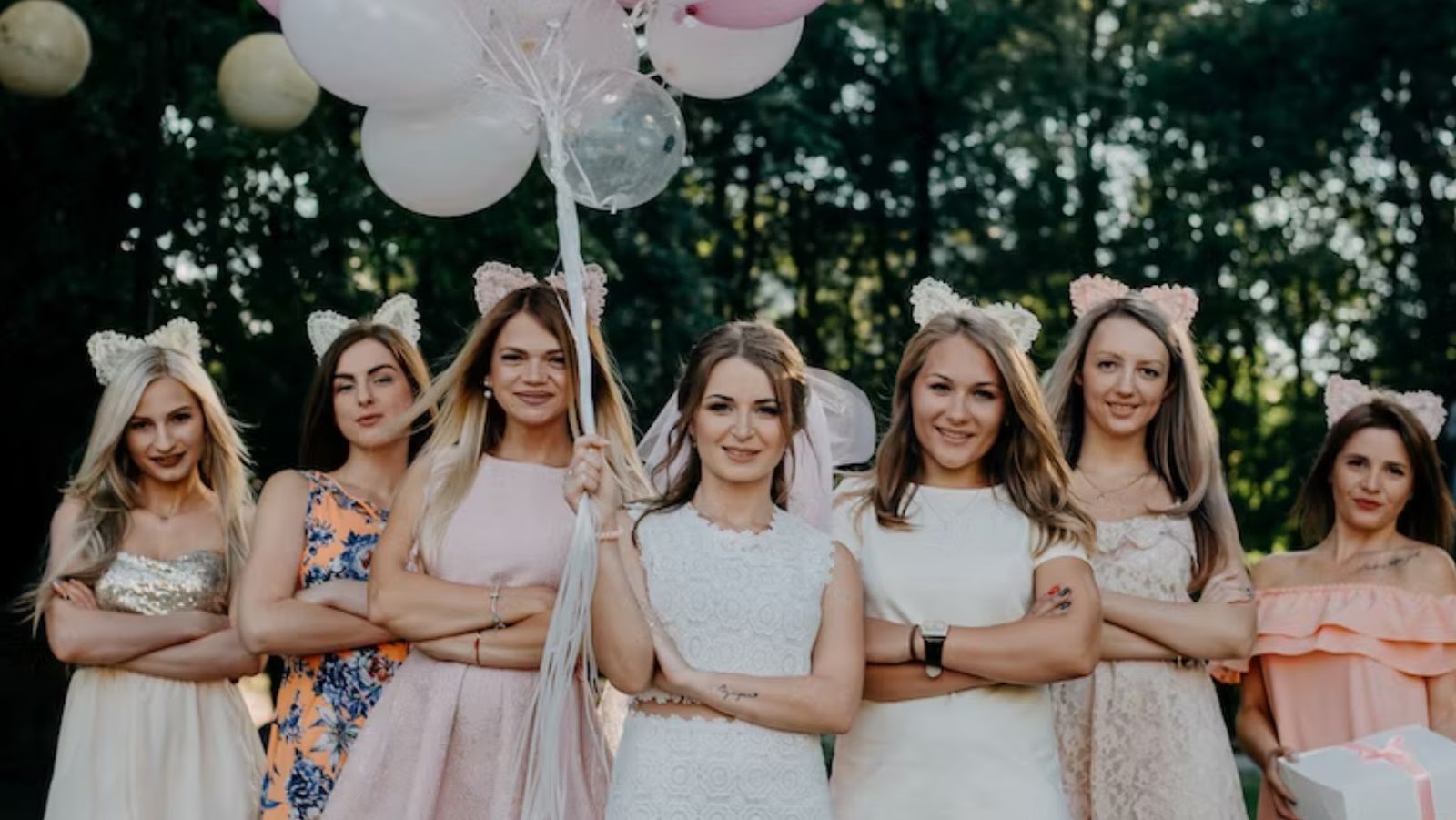Garter stitch is a basic knitting technique that is commonly used in a wide variety of knitting projects. It is created by knitting every stitch, on every row, resulting in a sturdy and reversible piece of fabric. This stitch pattern is often the first one that a new knitter learns as it helps build basic skills like knitting, purling, and counting stitches.
Many beginner friendly patterns, such as scarves, dishcloths, and baby blankets, feature the garter stitch as the main stitch pattern. It is simple yet classic and can be used on its own or in combination with other stitch patterns to create more intricate designs. Additionally, garter stitch is stretchy and even, making it a great option for projects that require a relaxed and comfortable fit.
Whether you are a novice or an experienced knitter, understanding what is garter stitch is essential as it lays the foundation for most knitting projects. With this basic stitch under your belt, you can start exploring more complex knitting patterns and creating beautifully crafted items.
What Is Garter Stitch?
Garter stitch is a basic knitting stitch pattern that creates a bumpy or ridged texture. It’s one of the easiest and most popular stitch patterns, especially among beginners. The pattern is achieved by knitting every row, creating a row of knit stitches on both sides of the knitted fabric.
The garter stitch pattern can be used to create a variety of different items, including scarves, blankets, and dishcloths. Its simple design makes it a versatile stitch for many different projects, and it’s easy to customize with color changes or other variations.
One of the benefits of using garter stitch is its ability to create a thick, warm, and squishy fabric that’s perfect for cold weather accessories. The stitch pattern is also reversible, meaning both sides of the fabric look identical, making it useful for scarves or blankets that will be seen from both sides.
Garter stitch is also often used as a border or edging for other stitch patterns, creating a frame or contrast to other textures. It can be combined with other stitch patterns, such as stockinette or ribbing, to create more intricate designs.
In summary, garter stitch is a basic knitting stitch pattern that involves knitting every row. It’s versatile, easy to customize, and perfect for creating thick, warm fabrics for all types of projects. Whether you’re a beginner or a more experienced knitter, garter stitch is a useful stitch pattern to know and use in your knitting repertoire.

Garter stitch is one of the most basic patterns in knitting and it’s a perfect stitch for beginners to start with. This stitch is made by knitting every stitch on every row, creating a ridged texture that is reversible and stretchy. In this section, I’ll explain how to create garter stitch in a few easy steps.
Step 1: Cast On To begin, cast on an even number of stitches. You can use any yarn and needles you like, but I suggest starting with a medium weight yarn and needles that are appropriate for that yarn. Make sure your cast-on is loose enough, so it’s easier to knit the first row.
Step 2: Knit every stitch Once you have cast on your stitches, it’s time to start knitting. Hold the needle with the stitches in your left hand and the empty needle in your right hand. Bring the right needle behind the left needle and insert it through the first stitch on the left needle. Wrap the yarn around the right needle from back to front, then draw it through the stitch, creating a new stitch on the right needle. Slip the old stitch from the left needle and repeat this process until you reach the end of the row.
Step 3: Repeat Turn your work around so the needle with the stitches is now in your right hand and the empty needle is in your left hand. Knit every stitch again, and keep repeating this process until your project reaches the desired length. Garter stitch is reversible, so both sides will look the same.
Step 4: Bind Off Once you have reached the end of your project, it’s time to bind off. There are many ways to bind off, but for garter stitch, I recommend using a basic bind-off method. Knit the first two stitches, then use the left needle to lift the first stitch over the second stitch and off the needle. Knit the next stitch and repeat this process until you’re down to the last stitch. Cut the yarn and pull it through the last stitch.

In conclusion, garter stitch is a simple but versatile stitch that creates a lovely texture, making it perfect for scarves, blankets, washcloths, and more. With these easy steps, you can create a beautiful garter stitch project in no time!
Garter stitch is a popular knitting stitch pattern that is widely used by novice and experienced knitters alike. This simple yet versatile stitch pattern is created by knitting every stitch on every row.
Garter stitch is a great stitch pattern for beginner knitters because it’s easy to work and helps to build confidence and skill. However, this doesn’t mean that garter stitch is reserved for beginners only. In fact, there are many ways that even experienced knitters can get creative with garter stitch to create unique and stunning knitted items.
One creative way to use garter stitch is to combine it with other stitch patterns such as stockinette stitch or ribbing. Mixing different stitch patterns is a great way to add texture and interest to a knitted item, and garter stitch can be a lovely complement to other stitch patterns.
Another way to use garter stitch creatively is to experiment with different yarns. Garter stitch can be worked with any type of yarn, from laceweight to super bulky, and can create beautiful and interesting effects depending on the texture and thickness of the yarn used.
Finally, garter stitch can be used to create stunning stripes or color blocks in a knitted item. By using different colored yarns and working garter stitch in rows or blocks, you can create a visually striking garment or accessory.
Overall, there are many creative ways to use garter stitch in your knitting projects, whether you’re a beginner or an experienced knitter. Don’t be afraid to experiment and get creative with this versatile stitch pattern!
